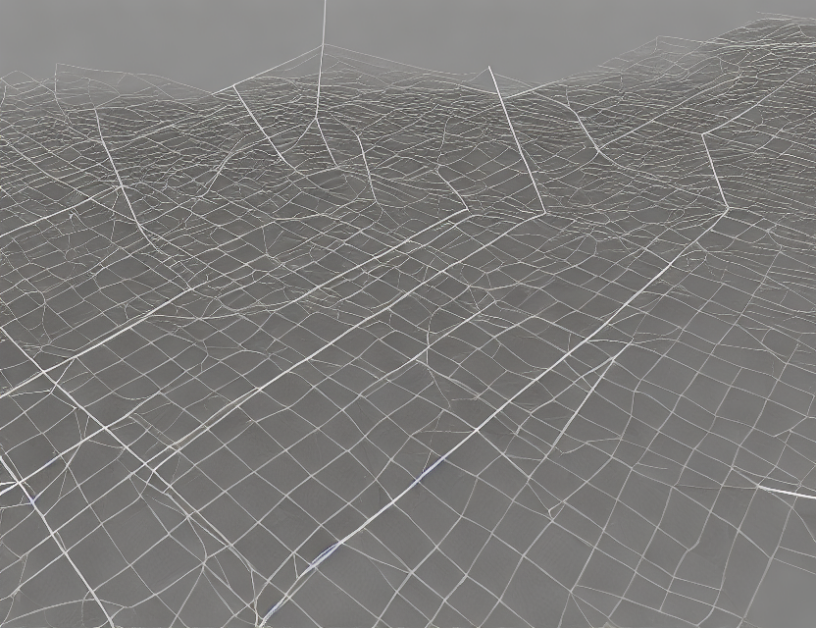In this article, the authors propose a new heuristic algorithm for solving the Traveling Salesman Problem (TSP), which is a classic problem in computer science and operations research. The TSP involves finding the shortest possible route that visits a set of cities and returns to the starting city, while satisfying certain constraints.
The proposed algorithm is based on a novel approach that decomposes the original graph into two subgraphs: one with degree at most 4 and another with degree greater than or equal to 4. The authors show that this decomposition can be used to construct a subcubic graph, which is a graph with all vertices of degree at most 3. This construction allows for faster computation of shortest paths in the subcubic graph, leading to improved heuristics for solving TSP.
To illustrate their approach, the authors provide an example of how to apply the algorithm to a simple instance of TSP. They show that by decomposing the original graph into two subgraphs and constructing a subcubic graph, they can find a better solution than the current best heuristic for this instance.
The key insight of the article is that by carefully decomposing the original graph into smaller subgraphs, it is possible to reduce the complexity of the TSP problem and develop more efficient algorithms for solving it. The authors demonstrate the effectiveness of their approach through experimental results on a set of benchmark instances.
In summary, this article presents a new heuristic algorithm for solving the Traveling Salesman Problem that leverages a novel decomposition technique to reduce the complexity of the problem. By carefully decomposing the original graph into smaller subgraphs, the algorithm can find better solutions faster than existing heuristics, making it a valuable contribution to the field of operations research and computer science.
Computer Science, Data Structures and Algorithms
Decomposing a Minimal 2-VCSS into Subcubic and Trivial Segments for Traveling Salesman Problem Solving



